Posted by Birgit Zipser on September 22nd, 2007
Inspired by textures of rock and water, I studied beach texture at a popular creek flowing into a Great Lake.
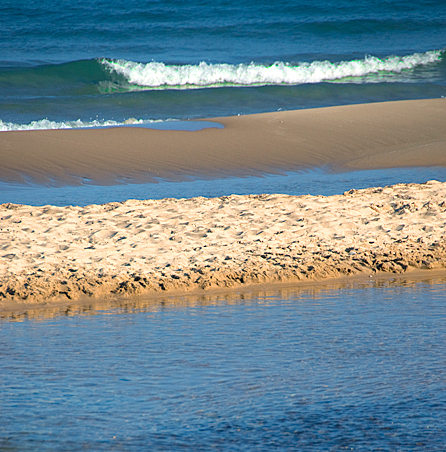
I mostly came early in the morning, not to inconvenience little people playing at the creek. But one morning, there was a retired person from Arizona reminiscing about his favorite childhood haunt. more… »
Posted by Steve Durbin on September 18th, 2007
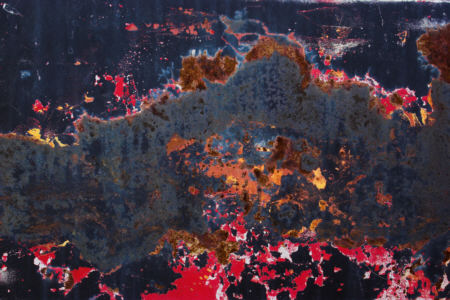
I just returned from a short trip that, as it turned out, provided the opportunity to revisit some previous locations and subjects. It was interesting to notice what I found interesting this time around, what I did differently, and whether there is any direction apparent. Today I’ll focus on the color abstracts in my ongoing Patina project, which is based on surfaces of junkyard vehicles and weathered rocks.
more… »
Posted by Sunil Gangadharan on September 13th, 2007
Recently, I embarked on a little mini project in a bid to better understand the vagaries of photography. I find photography a hard master and am still unable to photograph my paintings to the level of detail I want… This mini-project may just be regarded as another attempt at understating photography better. The premise was simple: Instead of turning the camera to outside subjects like “people, landscape, houses, family’, I decided to turn it inwards. I decided that I was going to photograph just objects in and around the confines of our home. What initially was envisaged as a dull chronicle of household items turned out to be quite an exciting one (at least for me).
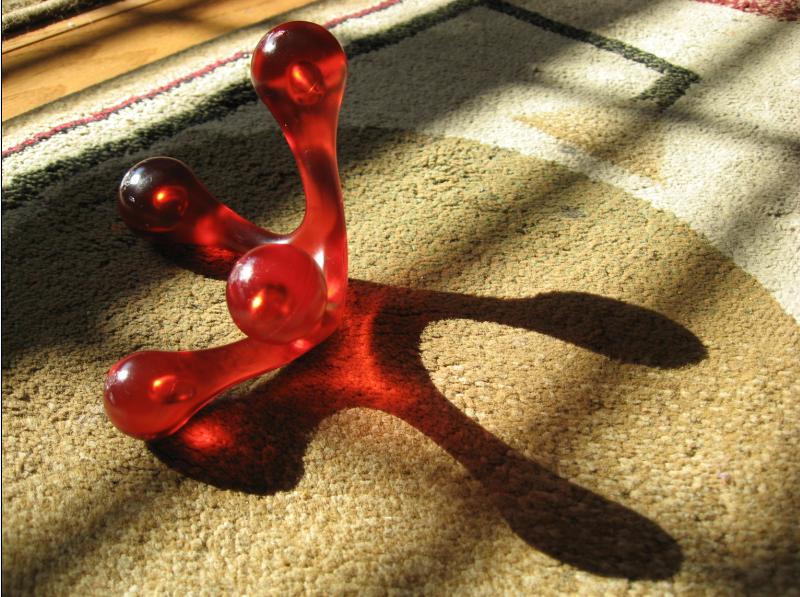
Sunil Gangadharan, ‘Juxtaposition’, digital photograph
I took about 50 pictures in a space of about two hours. All of them shot inside. I have posted a majority of them to the flickr site here. To see as slideshow click here.
So, instead of asking some serious art question (which I frequently find myself thinking more and more), I decided to take it easy and play.
Posted by Steve Durbin on September 8th, 2007
We have been discussing the correction of distortions that can arise when photographing paintings, doorways and such. One solution is found in Photoshop where a mode in the cropping tool can be used to square up images taken from oblique angles.
This mode, meant primarily to rectify, can also be used to distort. That which is already head-on can be given an oblique perspective.
This is an example using one of Tree’s houses. Here we see the image as she posted it.
more… »
Posted by Birgit Zipser on September 7th, 2007
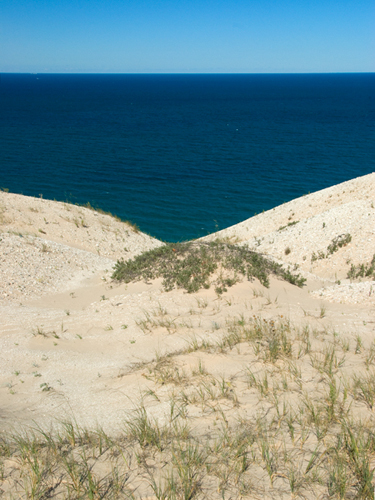
Keystoning or the distortion of vertical lines was a concern last year when I photographed paintings. On dpreview.com, I learned that to avoid keystoning one should hold the camera on a parallel plane to a painting and then shoot at the longest zoom setting. more… »
Posted by Steve Durbin on September 4th, 2007
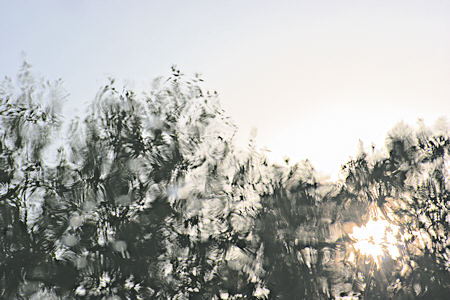
Last week, on my way to somewhere else, I spent a little time wandering in a park and happened on the scene you see above. As you may guess, it is a reflection of trees in a slow-moving stream, which I inverted to present to you as a painterly dreamscape.
A moment later, from the same position, I made the following photograph of the same subject. If the first conjures a dreamy impression, the second may make you rather think nightmare. Why are they so different?
more… »
Posted by Karl Zipser on September 3rd, 2007

Painting From Life vs. From Photos

I first posted this interview a year ago. Dan Bodner has continued with this work. A follow-up interview will appear soon.
To paint from a photograph is inherently different than painting from life. Some artists avoid photos, others use them, perhaps covertly, for practical reasons. But to American artist Dan Bodner, painting from photos is not merely a technique, but a way to focus on his role as an artist. I interviewed Bodner at his studio in Amsterdam.
Question: When you work from photographs, do you ever ask yourself, what is the point of making the painting, when the image already exists in the photo?
Bodner: No. A photo is a record of a moment that has passed, a dead moment. I don’t feel that I own the image as a photograph until I paint it as a painting. The photo itself always refers to the past. But a painting of the photo is a creation, which goes on living. The painting defines its own continuing moment in time.
Question: Does painting go beyond the goal of simply making an image?
Bodner: What painting is for me is part of human desire. Every kid smears his food, or shit, and that is really connected to what painting is. A kid makes a mark and has the satisfaction of knowing “I made this and it will stay there.” For an adult I think it is connected to fear of death, which is innate. And it is connected to the desire to procreate. As you get older it gets existential, of course. To take things out of you and put them into the world, there is an absolute satisfaction in that. To do this from a photo emphasizes the act of creation, bringing life to something dead.
____
In the next post more about how Dan Bodner uses photos, his subjects and his methods





